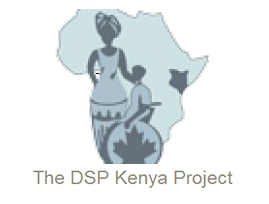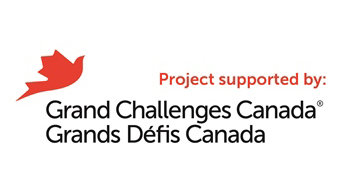4.2 – What is the ICF-CY and how can it help us think about the role of rehabilitation for children and youth living with HIV?
The International Classification of Functioning, Disability and Health–Children and Youth Version (ICF-CY) was developed by the World Health Organization in response to the need for a tool that could be used across the world to record the characteristics of developing children and the impact of their environment. It can be used in health, education and social sectors. It provides a common language to measure and record the health and disability of children and youth.
The ICF-CY is based on the ICF, which was developed for adults (see Section 1.3). It uses the same concepts to understand challenges that may be present in infancy, childhood and adolescence:
- impairments in body functions and structures
- activity limitations, and
- participation restrictions
It also records important environmental and personal factors.
The ICF-CY can help health workers, teachers, researchers, administrators, policymakers and parents to document the characteristics of children and youth that are important in promoting their growth, health and development throughout childhood.
In 2012, a resolution was proposed for adoption by the WHO Family of International Classifications Advisory Council to merge the ICF-CY with the ICF so that there is a “streamlined, comprehensive ICF which adequately addresses all aspects of functioning across the lifespan”.4
4Details of the resolution: http://www.who.int/classifications/icf/whoficresolution2012icfcy.pdf?ua=1

 Previous Page
Previous Page




